EDIE COHN
bio
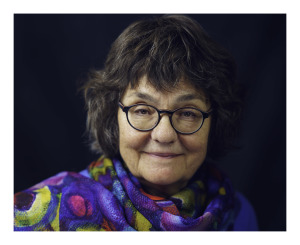 Edie Cohn grew up in the rural Wisconsin town of New Holstein, population 2400. Her first exposure to art was on the covers of her mother’s phonograph records. She was considered the town artist by the time she graduated from high school in 1967. At that point she headed off to California, where she took art classes at Foothill Jr. College and Hayward State University: some of them she loved, some of them she learned from, but she still considers herself a self-taught artist. Her favorite classes and activities at that time involved drawing the human figure in life-drawing classes. A few years after she came to North Carolina in 1974 and had her first child (Travis) in 1976, she organized a life-drawing program at the Carrboro Arts Center, using senior citizens as the models, and that experience turned her focus towards portraiture. She found the challenge of capturing both a likeness and a spirit on paper was a challenge that she would never grow tired of.
Edie Cohn grew up in the rural Wisconsin town of New Holstein, population 2400. Her first exposure to art was on the covers of her mother’s phonograph records. She was considered the town artist by the time she graduated from high school in 1967. At that point she headed off to California, where she took art classes at Foothill Jr. College and Hayward State University: some of them she loved, some of them she learned from, but she still considers herself a self-taught artist. Her favorite classes and activities at that time involved drawing the human figure in life-drawing classes. A few years after she came to North Carolina in 1974 and had her first child (Travis) in 1976, she organized a life-drawing program at the Carrboro Arts Center, using senior citizens as the models, and that experience turned her focus towards portraiture. She found the challenge of capturing both a likeness and a spirit on paper was a challenge that she would never grow tired of.
She joined the cooperative Center/Gallery in the early 1980s and showed her work extensively with them. Soon she had solo shows at the Durham Art Guild and the Carrboro Arts Center of her portraits of elderly people. After having her second child (Rachel) in 1983, she started doing drawings of newborn babies at Durham Regional Hospital: by now she has done about 3,200 baby portraits for Durham families, including some that go into a second generation.
In the early 1990s, Edie began doing portraits (and then interviews) of homeless people at the Durham homeless shelter, paying each model to sit for her and giving them each a print of the drawing. In 2000 she received a grant from the NC Humanities Council to make a book of these portraits plus excerpts from the interviews. She exhibited this work in many places, including a show at the Durham County Library that involved three forums on homelessness in Durham, which gave homeless people chances to tell their stories and talk with Durham City Council members.
In 2004, after adopting Marlon, a teenager from Nicaragua, Edie began painting vibrant portraits from images taken mostly from her travels—trying to convey in her work a sense of humanity that is shared by all.
In 2015, the birth of a granddaughter with challenging needs took Edie from her work for about two years. Now that her granddaughter is flourishing, Edie expresses herself in collage, working with a palette of the brilliant colors she remembers seeing, as a child, on her mother’s record album covers.
statement
“Every since I started drawing the softly lined, sometimes rugged faces of senior citizens in a life drawing class 37 years ago, I have been driven by a desire to capture on paper (or canvas) not only a good likeness of the model, but the inner self or being as well. On a few occasions I have been asked to do a portrait from photographs of a child or baby that had died. Accepting the commission, I knew the drawings would become a memento the family would cherish forever. While feeling the family’s pain and the responsibility to create such a memento, I began to ‘up the ante’ of what I expected of myself. Of course I wanted to capture an image that closely resembled the child, but I also wanted the image to have a palpable sense of life or ‘liveliness’ about it. Looking back, the portraits were emotionally difficult to do, but they helped me fine-tune my observation skills as I strived to see/learn the nuances of what being alive actually looks like.
I think I have always been obsessed with color–perhaps a child’s defense against the bleak, gray skies of Wisconsin where I was raised? Although I left home for the bluer skies of California and then North Carolina years ago, I still fight off those gray skies and perhaps have evolved into a colorist because of it. I continuously explore color, and I embrace it every day of my life as a painter: from miniature abstracts, to portraits of street vendors, to the colors of my house, to the colors I wear. As I work with color, I love to create chaos with it; but I also love the battle of reining in that chaos–but not totally! For me, chaos not completely conquered creates an underlying tension—which, when manipulated right, brings life or a ‘hum’ to my work.
So now, here I am–a senior citizen, the wrinkled ‘elderly’ person that I loved to draw so long ago. And it pleases me to feel that the power in my work today may have had its roots way back then with those models.” — Edie Cohn
work
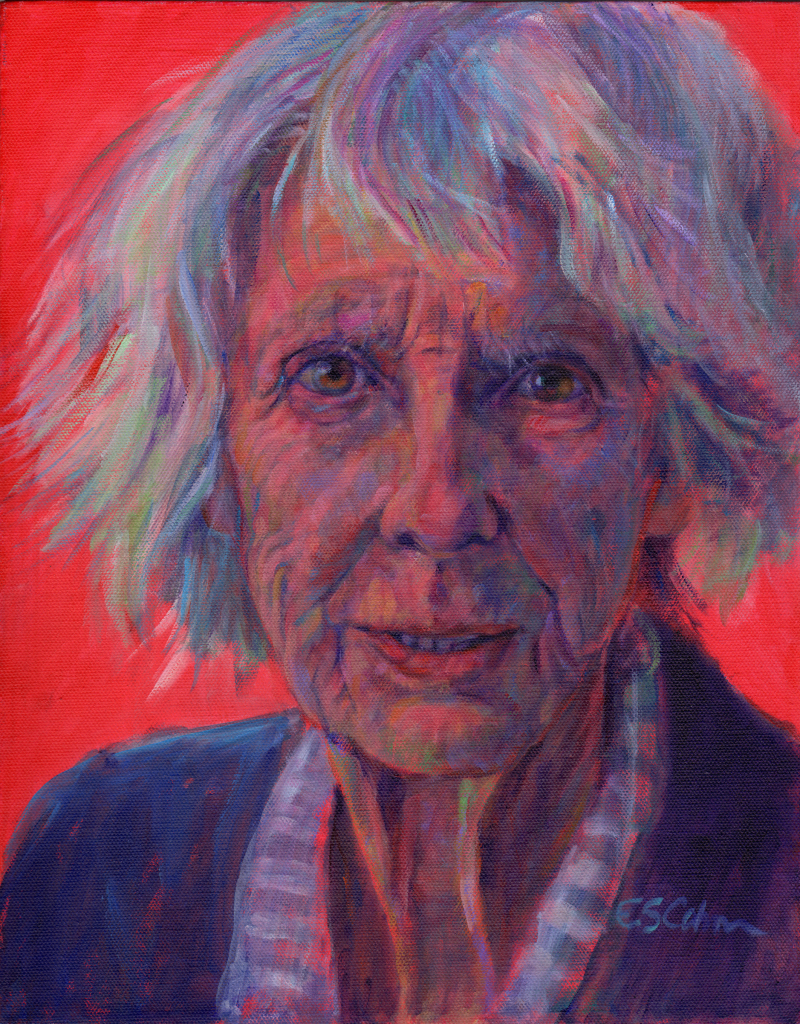
The Defiant Spirit, 2013
Acrylics
11 x 14 inches
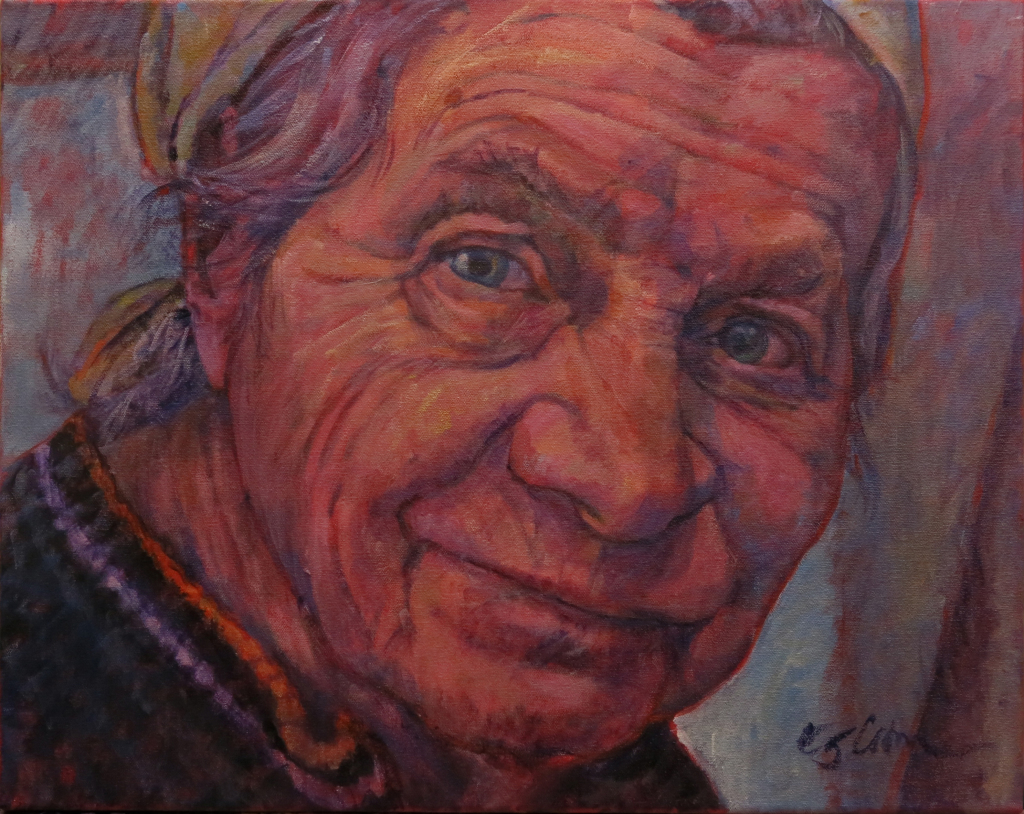
Textures of Time, 2014
Acrylics
20 x 16 inches

Edwin, 2013
Acrylics
20 x 16 inches
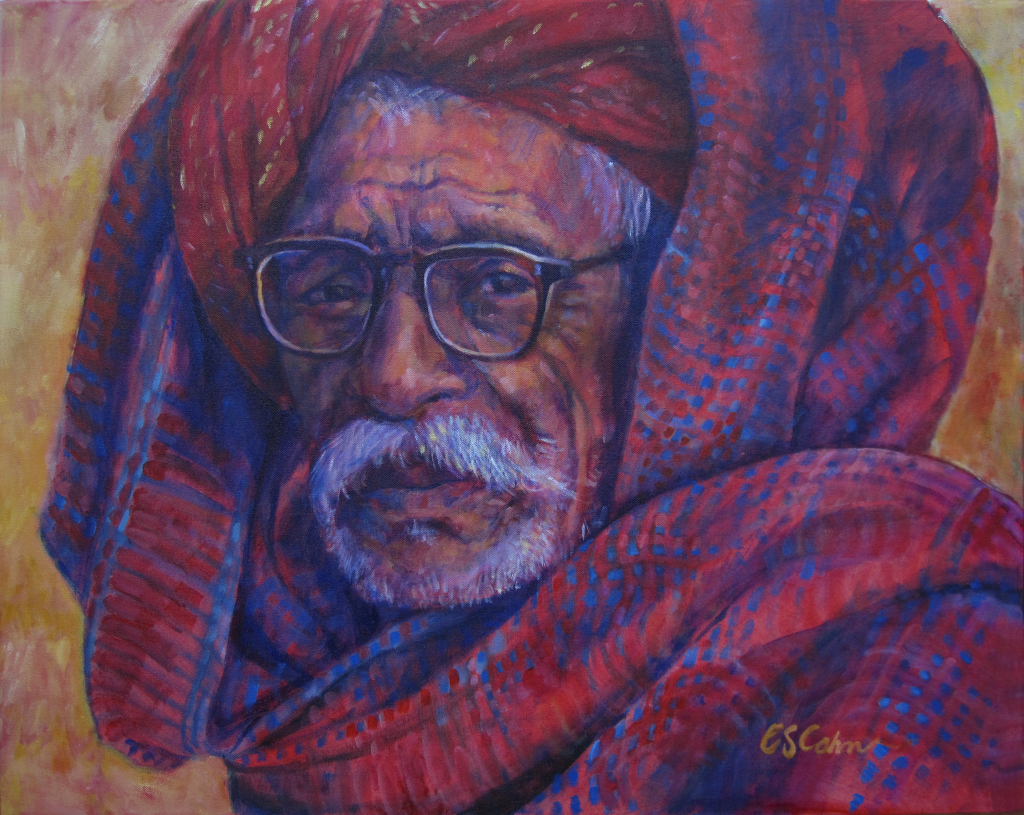
Man with the Red Turban, 2012
Acrylics
30 x 40 inches
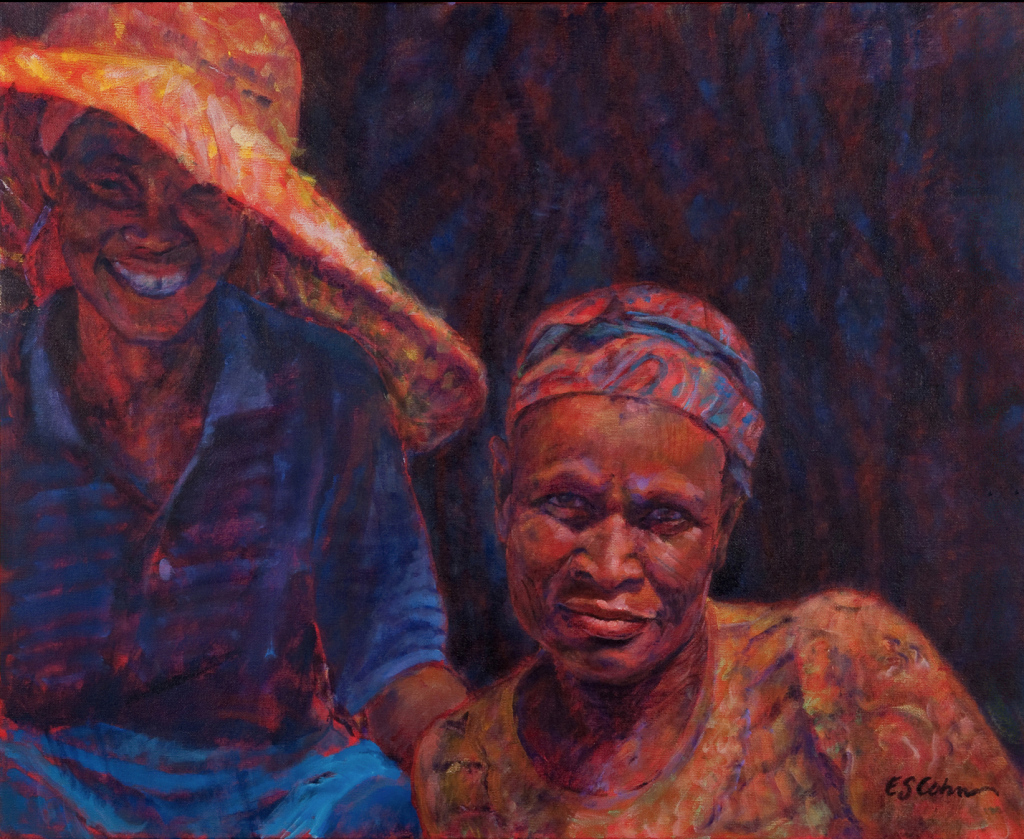
Strength of Africa, 2011
Acrylics
30 x 24 inches
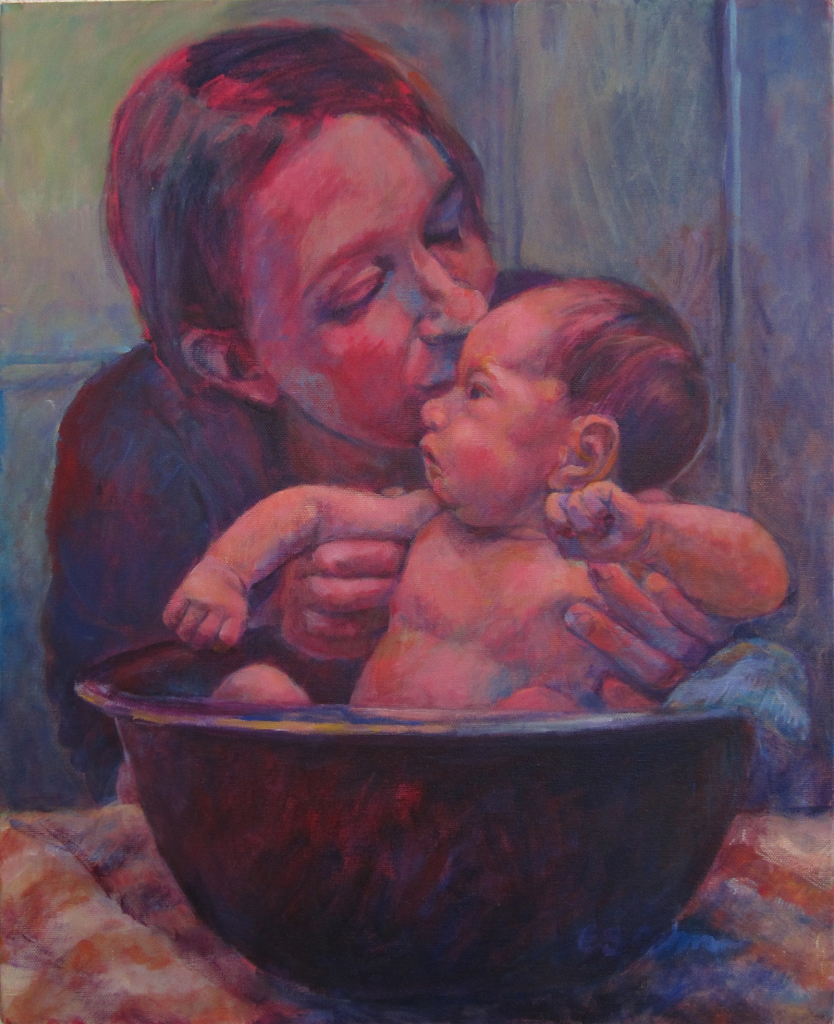
Lauren and Baby, 2012
Acrylics
20 x 24 inches

